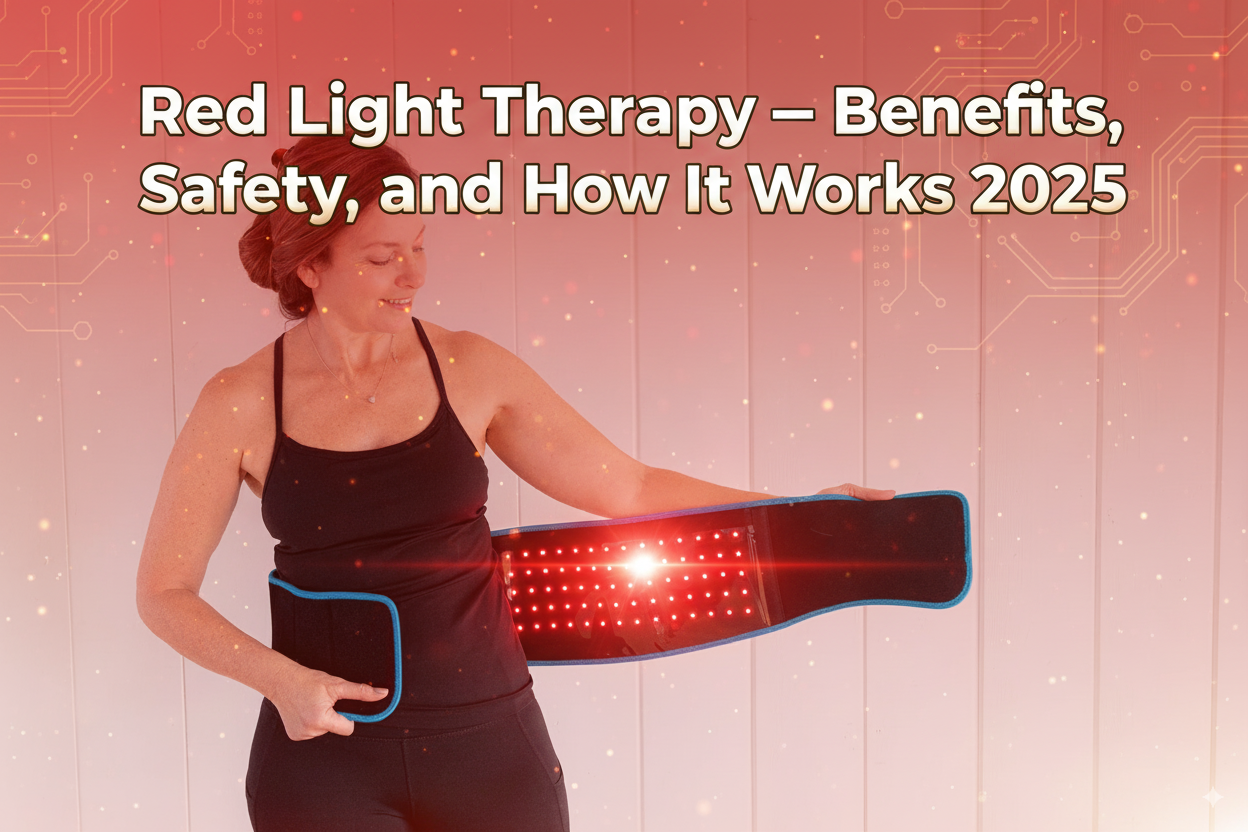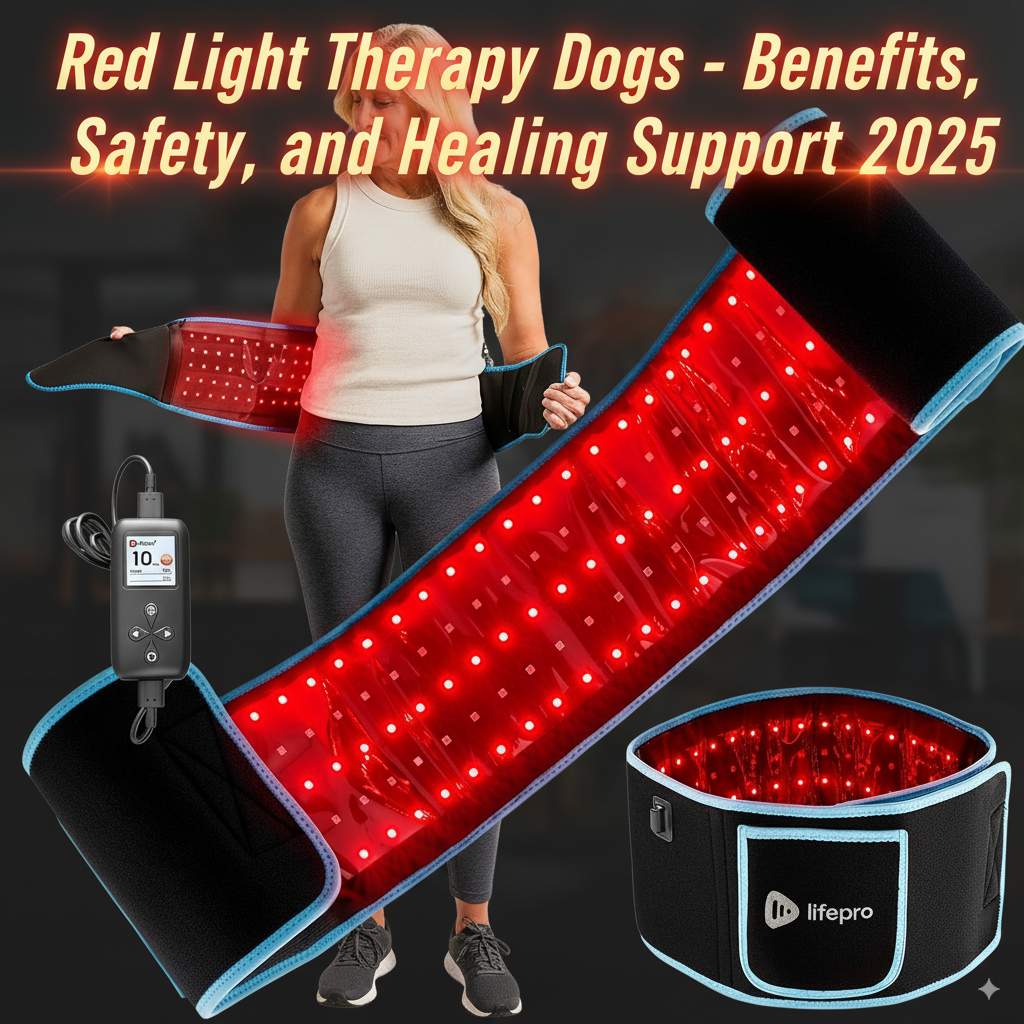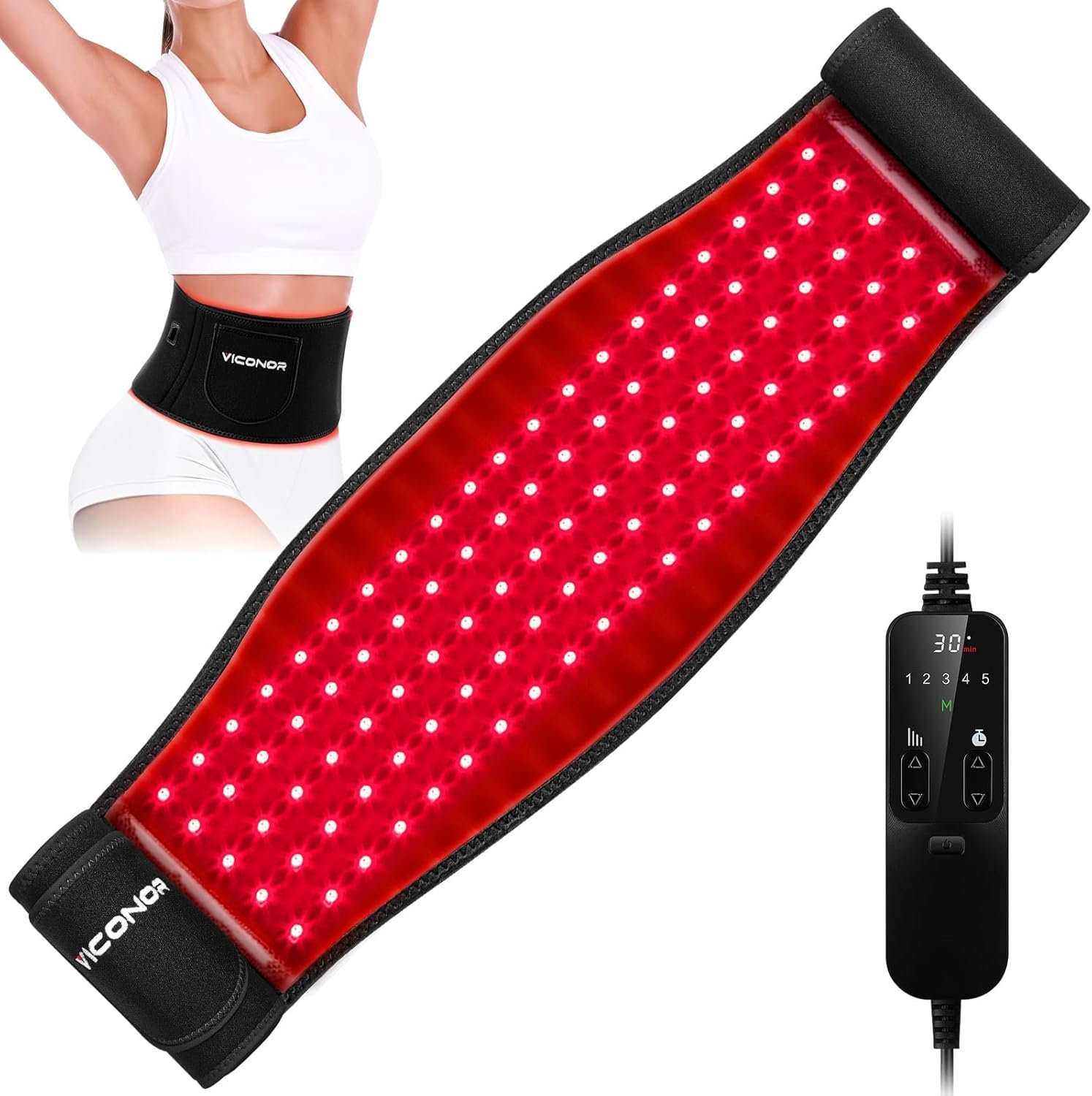Red Light Therapy: Benefits, Safety, and Why It’s Gaining Popularity
Over the past decade, wellness trends have come and gone, but some have proven to be more than just hype. One that continues to grow in popularity is red light therapy. From gyms to dermatology clinics and even at-home devices, this treatment is showing up everywhere. But what is it, how does it work, and should you try it? Let’s explore.
What Is Red Light Therapy?
At its core, red light therapy is a treatment that uses low-level red or near-infrared light to stimulate the body at a cellular level. When these specific wavelengths of light penetrate the skin, they target mitochondria—the tiny powerhouses inside your cells—helping them produce energy more efficiently. This boost in cellular activity is linked to better recovery, improved skin health, and even pain relief.
Unlike tanning beds, red light therapy doesn’t use harmful UV rays. Instead, it delivers safe, non-invasive light that feels gentle and soothing. That’s why many wellness professionals view it as a promising tool for both health and beauty.
The Science Behind It
Research on red light therapy has been ongoing for decades. NASA first studied it as a way to help astronauts heal wounds in space. Since then, scientists have continued to investigate its potential in many areas, from sports recovery to skincare.
The light works by stimulating a process called photobiomodulation, which increases energy (ATP) production in cells. This improved energy supply helps the body repair tissues faster, reduce inflammation, and promote overall healing.
Health and Wellness Benefits
The list of potential benefits is wide-ranging, but here are some of the most common:
Muscle Recovery: Athletes often use red light therapy to speed up healing after intense workouts.
Pain Relief: Many people with chronic pain or joint issues report reduced discomfort after consistent sessions.
Skin Health: It can boost collagen production, reducing wrinkles and improving skin tone.
Mood and Energy: Some users say they feel more balanced, energized, and less fatigued.
Of course, results vary, and it’s not a magic solution. Still, the growing evidence suggests it can be a valuable addition to a healthy lifestyle.
What to Expect During a Session
A typical session is simple and stress-free. You’ll either step into a booth or lie under a light panel, depending on the setup. The lights will turn on, and you’ll spend about 10–20 minutes exposed to the red and near-infrared wavelengths.
The treatment is painless. Most people describe it as feeling warm and relaxing, like sitting under the sun—but without the harmful UV rays. Afterward, you can continue your day without downtime.
👉 Ready to try it yourself? Find a nearby wellness center offering red light therapy sessions.
Is It Safe?
Safety is one of the biggest reasons red light therapy is gaining traction. Unlike UV tanning beds, there’s no radiation risk, and it doesn’t damage the skin. The most important precaution is wearing protective goggles, as bright light exposure can irritate the eyes.
So far, studies suggest it’s safe for most healthy adults. However, anyone with a medical condition should check with their doctor before starting sessions.
Effectiveness: What the Research Says
While results vary from person to person, the overall evidence is promising. Athletes, dermatologists, and physical therapists all use red light therapy in different ways, and ongoing studies continue to explore its effectiveness.
That said, consistency matters. One or two sessions may not be enough to notice major changes. People who report the best results usually commit to regular sessions over several weeks or months.
👉 Want the best results? Stay consistent with your red light therapy routine.
Who Should Try Red Light Therapy?
This treatment appeals to a wide range of people:
Fitness enthusiasts who want faster recovery.
Older adults looking for joint pain relief.
Beauty seekers who want younger-looking skin.
Anyone interested in non-invasive wellness options.
If you fall into one of these categories, trying red light therapy could be a smart choice.
👉 Wondering if it’s right for you? Start with a few sessions and see how your body responds.
Tips for Getting the Most Out of It
Here are some ways to maximize the benefits:
Be consistent – schedule multiple sessions weekly for best results.
Hydrate well – water supports cell repair.
Pair with fitness – use it after workouts for faster recovery.
Combine with skincare – boost the effects of your regular routine.
By making it part of a lifestyle rather than a one-time experiment, you’ll see greater benefits.
👉 Make red light therapy a habit, not just a one-time trial.
Cost and Accessibility
The good news is that red light therapy is becoming more affordable. Many gyms, like Planet Fitness, include it with premium memberships. Spas and dermatology clinics also offer sessions, and at-home devices are now widely available.
While professional sessions may cost more, they often use higher-quality equipment. At-home devices are convenient, but results may be slower.
👉 On a budget? Explore at-home red light therapy devices or check if your gym offers sessions.
Final Thoughts
Red light therapy isn’t just a passing trend—it’s a safe, non-invasive, and research-backed treatment that supports recovery, skin health, and overall wellness. While it’s not a cure-all, many people find it an effective addition to their fitness and self-care routines.
If you’re curious, try a few sessions to see how your body reacts. With consistency, you may notice improvements in energy, mood, skin, or recovery.







